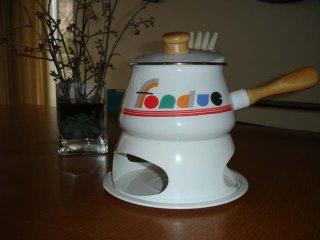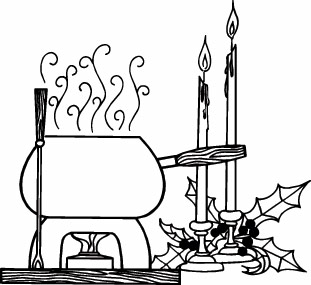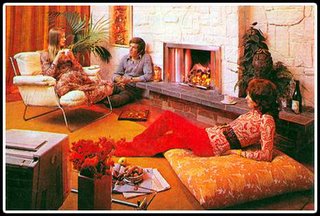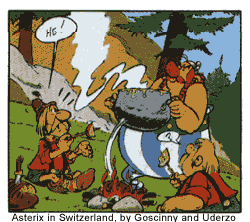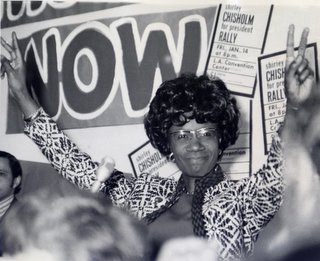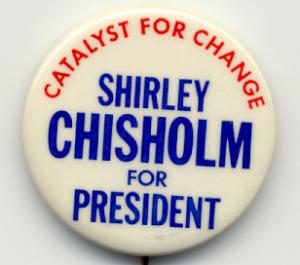Hero: DVD Review
 Hero (2002) is the film to watch if you've got one of those home theater flat screen HDTV plasma-driven surround sound mega-systems. It's a visual grand opera in which every shot is a mini-aria.
Hero (2002) is the film to watch if you've got one of those home theater flat screen HDTV plasma-driven surround sound mega-systems. It's a visual grand opera in which every shot is a mini-aria.Hero is a Kung fu epic set in Ancient China, telling the story of four assassins and the king they want to kill. In fight scenes, they float, fly and bounce around temples, lakes, fall foliage, and courtyards. It's all pretty exciting and very cool.
Director Zhang Yimou of the slightly more subdued Raise the Red Lantern and Ju Dou brings his sharp, precise story-telling skills and outstanding visual sensibility to the action film. The plot is simultaneously spare and complex: as in Kurosawa's Rashomon we're told t
 he same story several different times as the truth - rarely pure and never simple - unfolds. This is the film that Crouching Tiger, Hidden Dragon wanted to be (I'm probably disagreeing with the majority here: for me CTHD was one of those films I was supposed to like, but didn't).
he same story several different times as the truth - rarely pure and never simple - unfolds. This is the film that Crouching Tiger, Hidden Dragon wanted to be (I'm probably disagreeing with the majority here: for me CTHD was one of those films I was supposed to like, but didn't).Overall the film is inventive and exciting and not without its larger implications, but there's something a bit slow and unreal about the action, too. Things happen in poofy slow-motion, and there's a weird sort of inconsequentiality to cuts and blows. (The characters are such Kung fu experts they sometimes don't need to fight each other at all: they fight in their minds.) The narrative device of retelling the same story several different ways is great, but after the third or fourth time we've seen a character's death recounted, it loses a bit of its intended weight and significance.
Some might find the visuals a little too perfect, a little too precious and rarefied, like something rare and beautiful and dead displayed under glass. And the movie's theme of the worthiness of a nation's unification through bloody war and the renunciation of personal objectives to that end--while a refreshing change from American action movies--is still more than a little discomforting to those of us who may have wanted to give peace a chance.
All in all, a gorgeous, gigantic epic: an action flick at the top of its game.
FilmStocker Rating: B





